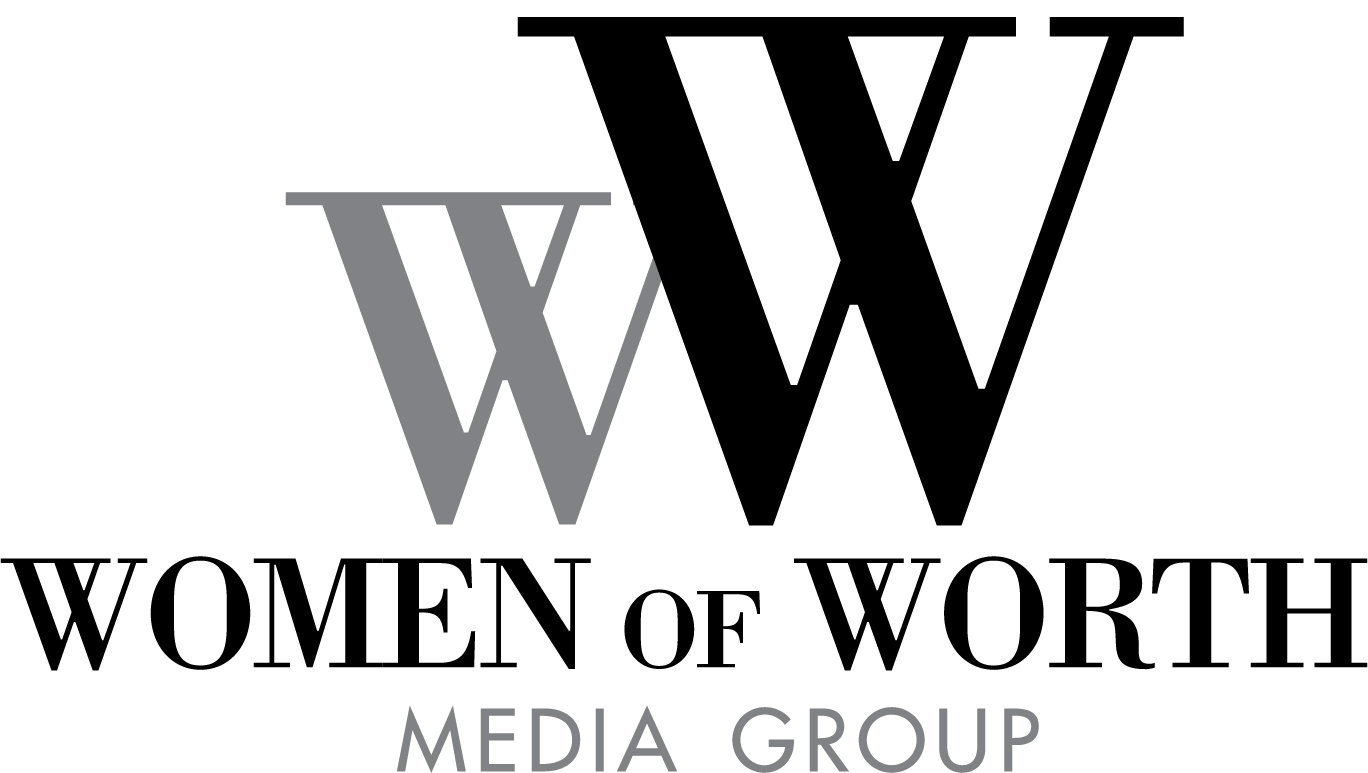Women’s Collaboration
Results in Greater Philanthropy
BY Margaret May Damen, CFP, CLU, ChFC, CAP
From an historical perspective, women in the 21st century may be the first generation to implement fully the principle of self-interest by their ability to build and sustain consensus in their re-shaping of society.
It is a natural instinct for women to gather when creative solutions are required to solve problems – big and small problems that affect the quality of life in their community.
Jean Shinoda Bolen, M.D., in her book Urgent Message from Mother Earth, reports on such findings from research at the University of California at Los Angeles. She writes, “The team of women researchers found that females of many species, including humans, respond to stressful situations with a ‘tend and befriend’ response. What better venue to practice ‘tend and befriend’ that in the art of philanthropy. There is a synergy that occurs when women collaborate. In addition, part of that synergy is a realization that when they address the needs for the greater good they also find peace, joy, and unexpected self-satisfaction. For women their community is a microcosmic view of the world in their own backyards; and to effect change somewhere else women first need to effect change within their own community. In fact, community takes on an even greater significance as they see the impact a collective vision and voice can have for positive change on lingering social issues such as crime, health and education. Community then becomes a nurturing environment in which women can pursue their primary interests and values that they consider paramount for the creation of a more compassionate and caring society.
From an historical perspective, women in the 21st century may be the first generation to implement fully the principle of self-interest by their ability to build and sustain consensus in their re-shaping of society. The principle of self-interest is a term expounded on by Alex de Tocqueville in his epic 1835 book, Democracy in America. In his book, he said, “Americans…are pleased to explain nearly all their actions in terms of self-interest properly understood. They will obligingly demonstrate how enlightened love of themselves regularly leads to sacrifice a portion of their time and wealth for the good of the state.” Tocqueville complimented and commented on our forbears’ commitment to help, to nurture, and to give to neighbors. He was amazed by our charitable actions and our sense of community. It is no accident that even in troubled times women continue to show caring and compassion for others. This is part of the character of who we are as women. Tocqueville gives us the foundation for contemporary philanthropy by showing how we all have self-interest for our own well-being and that it is not selfish to use such self-interest to foster vibrant and energetic communities for the public good.
Democracy and collaboration form the foundation for modern philanthropy. It is one of the key elements that makes the Impact 100 collaborative women’s giving circles so successful. The members in an Impact 100 group can choose to be involved as much or as little as they like or are able. Each gives the same amount of money, usually $1,000 dollars a year, and each woman has one vote on the project they is funded with the collective dollars. “It boggles your mind, “ says Elaine Suess, former president of Cincinnati Impact 100, “that most of the women in our group have full-time jobs and those on the board end up with two full-time jobs, which is not a problem because we are so passionate about our work and feel so privileged to be part of Impact 100.”
Of the three sectors in society, government, nonprofit and corporate, the nonprofit philanthropic sector is the closest to the “pulse of society” with the ability to most readily discern and respond to society’s most urgent needs for a sustainable and vibrant community. As women march forward to form Impact 100 giving circles and address the current needs in society one must take a moment and reflect on the sage advice of Progressive Era social activist Jane Addams who said:
“In this readjustment, in this reorganizing world, with its uncharted problems, with its tremendous romances; because it is a very romantic thing to see a world being made over before your eyes, and have a possible part in it; women’s organizations to my mind, will be useful, very much in proportion as they keep their philosophy more or less pragmatic, very much in proportion as they discover from life itself, what lessons we may best learn and best transmit.”
This is the season for women to lift high the beacon of light and lead us through a process of transformation. This is the time for women with courage, compassion and conviction to lead us from a place we no longer can remain to a place we have not yet been but yearn to create and experience. It is time to join hearts, hands, and heads to design a better world through collaborative philanthropic endeavors.
Margaret May Damen, , CFP, CLU, ChFC, CAP
President and CEO, The Institute For Women and Wealth
Co-author “Women, Wealth,and Giving: The Virtuous Legacy of the Boom Generation”


